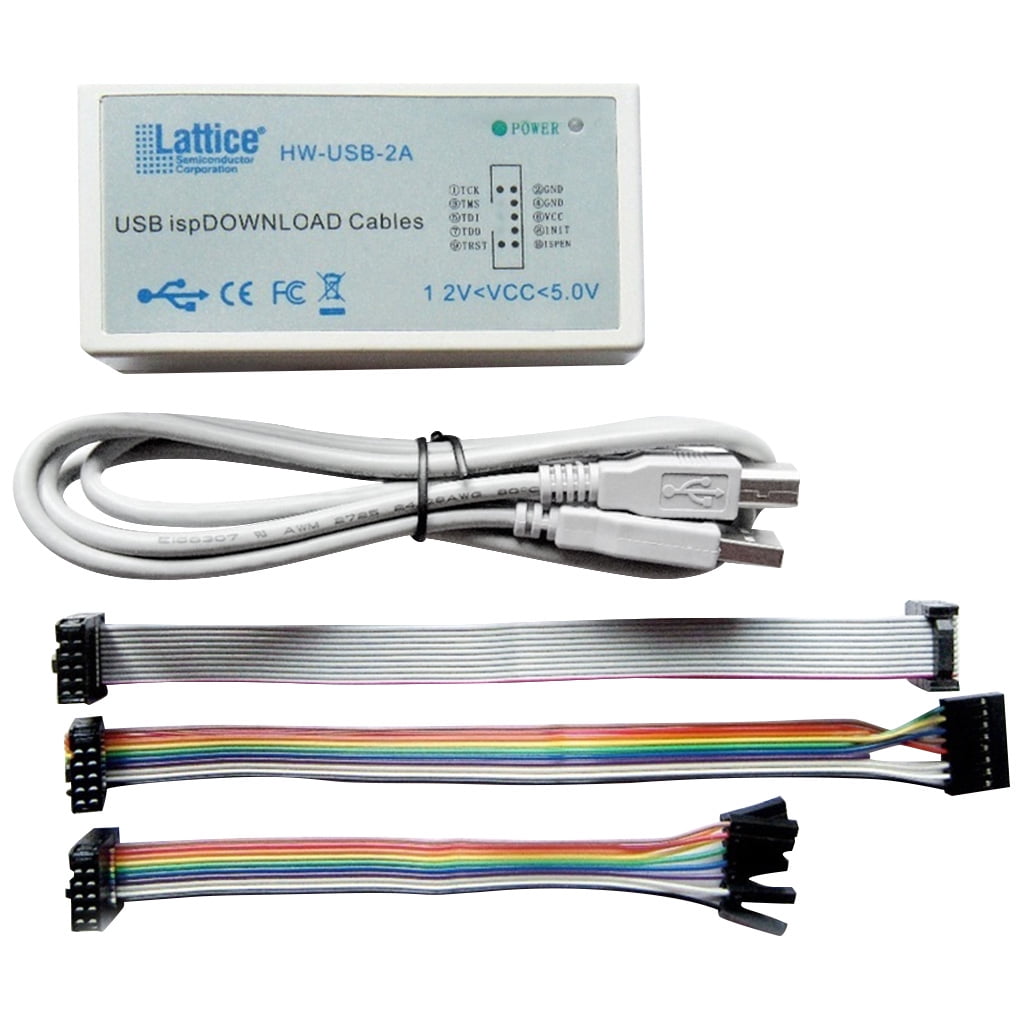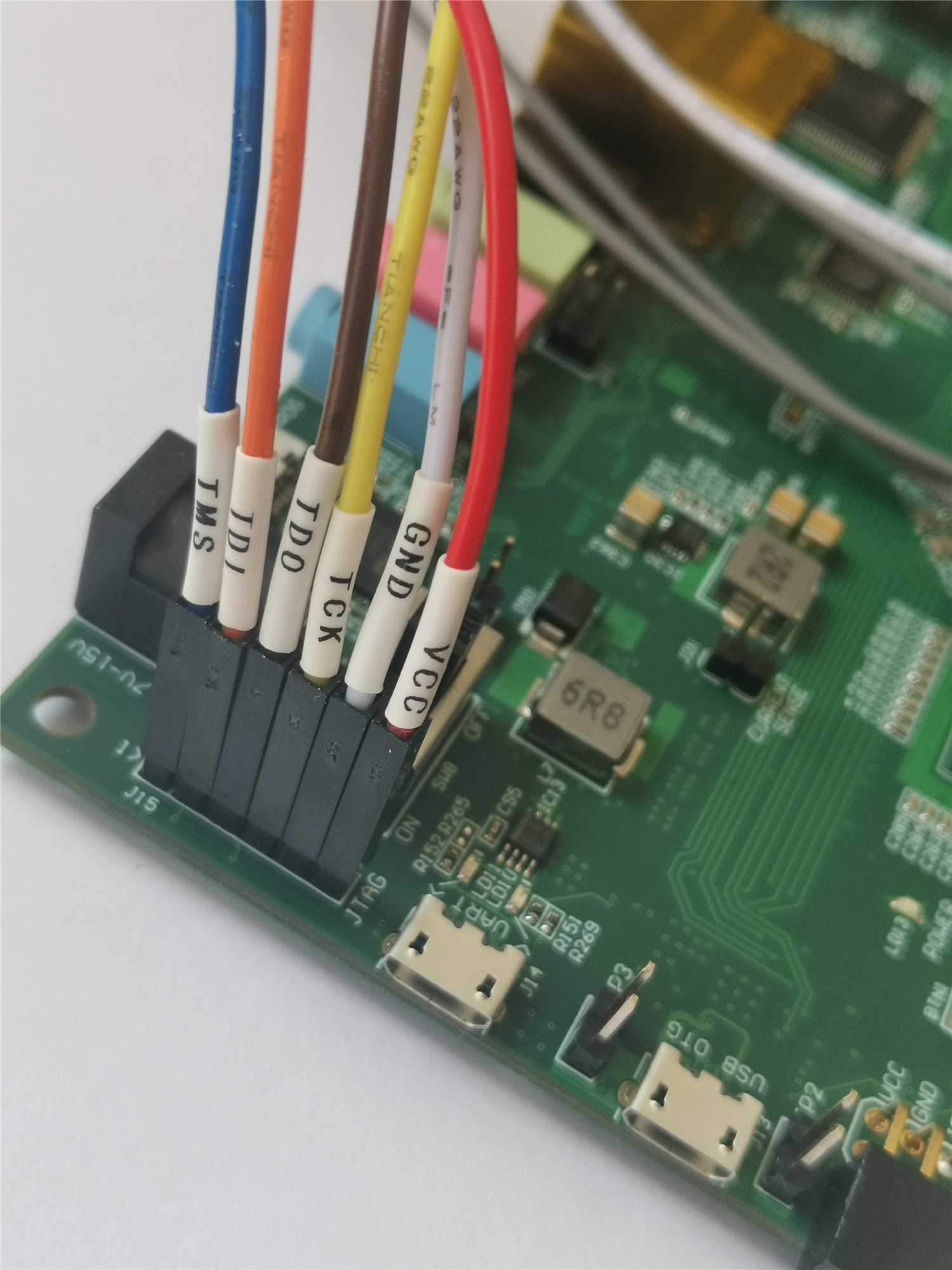


Automatic JTAG boundary-scan access detection.After you complete your logic design and create a programming file with the Lattice Diamond/ispLEVER. XJLink high throughput hardware interface to the board being programmed. No additional components are required to program a device.Ultra-high speed Flash programming using XJFlash.In the Programmer: Getting Started dialog make sure the Create a new project. Installed Library of example scripts for a range of devices. Option 2: Use a Lattice Programming Cable.Program the image using your XJDeveloper project or XJRunner.Run a JAM/STAPL file in your XJDeveloper project, XJRunner or XJAnalyser.Run an SVF file in XJDeveloper, XJRunner or XJAnalyser.Simple field upgrades – Software/firmware can be upgraded on site via JTAG programming, saving down-time costs.ĭevices can be programmed with the XJTAG system in a number of ways:.Low risk of damage due to reduced handling – Devices are soldered once and programmed or re-programmed on-board.Using JTAG to program devices ‘in system’ eliminates the need to buy expensive programmers and socketed devices.Efficient debug & testing – Test and program devices ‘in-circuit’ via the JTAG Test Access Port (TAP).Efficient production – Prototype and final hardware can be manufactured before device configuration is finalised.Benefits of ISP or ISC (in-system configuration)
#How to program a lattice cpld programmer driver
The VID and PID can be got from the driver files that came with the Lattice programming software. We need to program the correct VID and PID of the Lattice USB ISP Programmer. You should see a JTAG chain that contains a single device. The design is fit to a particular CPLD, providing the physical aspects such as resource utilization and timing. A JTAG programmer is used to load the logic circuit into the CPLD (configure the CPLD) while it is soldered in the circuit. The text file program is then converted to a format that can be loaded into the CPLD. It is possible to program flash memories at very high speeds with certain Flash/FPGA configurations. Give the XSVF output a file name and then add a compiled CPLD image (ex1.jed) when prompted to add a device. The logic circuit is written in a text editor or IDE using a hardware description language. However I found that to program Lattice GAL22V10 (or GAL16V8) one must set the GAL. Other devices, such as some flash memories, or non-JTAG versions of the above, can be programmed indirectly through their connection to devices in the JTAG chain. Until then all PALs had a one time burn or programming function. Most modern programmable devices, such as FPGAs, DSPs and CPLDs, are not just designed to be JTAG compliant, but also include additional JTAG functionality, allowing them to be programmed/configured after they have been attached to the circuit. XJDirect - Programming on-chip flash in your processor.


 0 kommentar(er)
0 kommentar(er)
